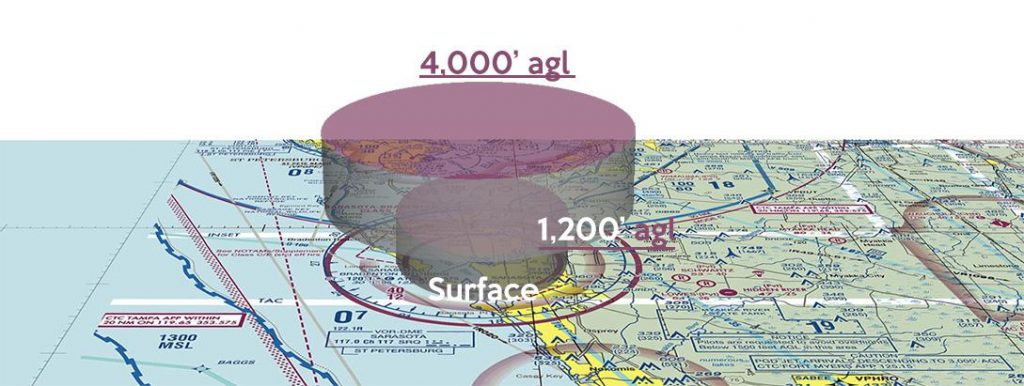Back to Course
Basic Private Pilot Ground School
0% Complete
0/0 Steps
-
Lesson 1: Your First Flight6 Topics|1 Quiz
-
Lesson 2: Maneuvers and the Traffic Pattern6 Topics|1 Quiz
-
Lesson 3: Understanding the Wind and Turns6 Topics|1 Quiz
-
Lesson 4: AOA, Stalls, and Other Scary Things5 Topics|1 Quiz
-
Lesson 5: Ground Reference, Maneuvers, and FARs4 Topics|1 Quiz
-
Lesson 6: Building Good Landings5 Topics|1 Quiz
-
Lesson 7: The Less Busy Airspace: G, E, D3 Topics|1 Quiz
-
Lesson 8: Class A, B, and C Airspace: The Busier Side of the Sky4 Topics|1 Quiz
-
Lesson 9: Flying Blind and Performance Calculations4 Topics|1 Quiz
-
Lesson 10: Soft and Short Field T.O.'s + Landings4 Topics|1 Quiz
-
Lesson 11: Start Your Engines: Engines, Systems, and Instruments6 Topics|1 Quiz
-
Lesson 12: Weight and Balance, Navigation Systems4 Topics|1 Quiz
-
Lesson 13: Luck with Weather6 Topics|1 Quiz
-
Lesson 14: Your First SOLO!2 Topics|1 Quiz
-
Lesson 15: VFR Charts and Navigation5 Topics|1 Quiz
-
Lesson 16: Weather Charts and Services6 Topics|1 Quiz
-
Lesson 17: Aeromedical Factors, ADM, FARS5 Topics|1 Quiz
-
Lesson 18: Flying at Night3 Topics|1 Quiz
-
Lesson 19: Cross Country Flight Planning4 Topics|1 Quiz
-
Lesson 20: Test Prep5 Topics|2 Quizzes
Lesson 8,
Topic 4
In Progress
Class C Airspace
Lesson Progress
0% Complete
Hey Charlie, there’s some airspace up ahead
Yes, there is, and it’s fairly straightforward and simple airspace at that. Not only are the dimension of Class C airspace easy to understand, it is also easy to enter.
The Requirements to Enter:
- Transponder
- Two-way radio communication (usually by first calling approach control)
- Establish communication with approach control (or in rarer circumstances, call tower directly).
The Defaults:
- Inner ring is 5nm radius, from the surface to 1,200′ agl
- Outer ring is 10nm radius, from 1,200′ agl to 4,000′ agl (these are default values, actual floor and ceiling values will be given in MSL, i.e. The airport is at 500′ msl, the floor of the outer ring would be 1,700’msl (1,200′ agl) and 4,500′ msl for the ceiling of the outer ring).
- Class C airports typically have some airline traffic, but maybe only 20-30 flights per day.
- They will have Ground Control, Tower, and Approach Control.
- Approach Control typically controls an area 20-30 miles from the airport, yet you only LEGALLY need to talk to them if you are entering into Class C airspace. It is still a good idea to contact them even if you are just flying by near or the Class C airspace “rings”.

Above you’ll find a video of how to fly into Class Charlie airspace from another airport. Below you can find a video of how to depart a Class C airport and what steps you’ll need to take in contacting all the appropriate air traffic controllers:
